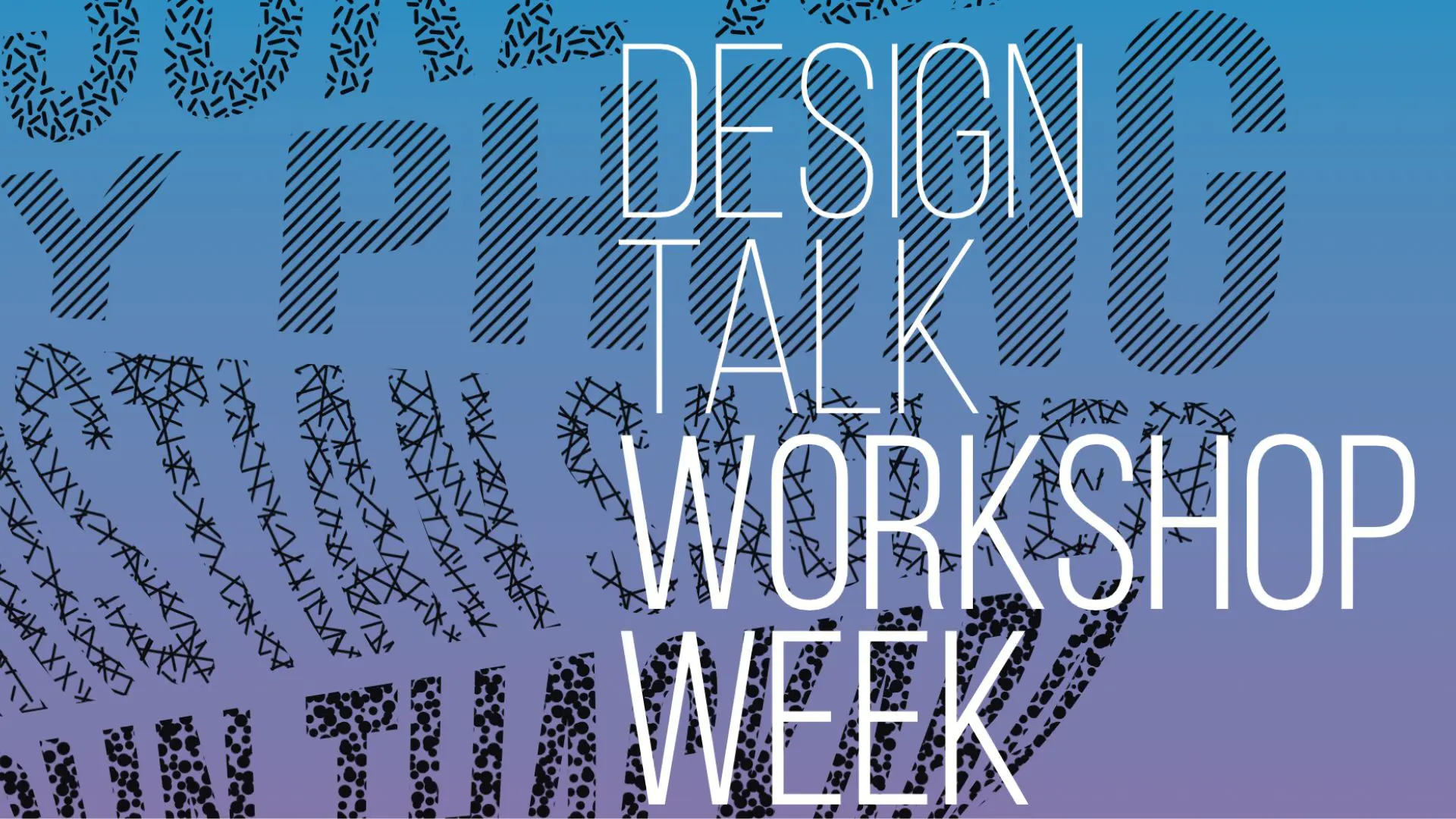Harry’s Future Essentials include an “Impossible Razor” made from white sapphire

Grooming brand Harry’s has unveiled its 9999:1 project, an exploration of everyday materiality that challenges conceptions around the consumption of the products we rarely consider.
In collaboration with London-based creative studio Made Thought, Harry’s has designed a collection of concept products reimagining everyday essentials. Here the brand’s Senior Designer, Frank Zaremba talks us through the project…
At Harry’s, we value design at our core; it is in our DNA and has been a key we’ve grown from a scrappy startup to a major market player. While design has been integral to all the products we’ve brought to market, we also have found the exercise of speculative futures and design fictions incredibly fruitful for our creative process.
After meeting the team at Made Thought during the London Design Festival in 2019, we decided to venture into an exploratory design project that challenged our thinking around the future, expanded our understanding of materials, and helped the team express untapped creativity, without the pressures imposed by the rigours of an end product.
Over the years at Harry’s, we have established a number of partnerships with leading thinkers within the design industry, and with each one, our process and insight has evolved as a result of the collaboration. With Thom Browne, we designed a limited edition handle together; with Tom Dixon we started with an immersive event that, through its popularity, led to a product.
With Made Thought, we set out to explore a shared sensibility around design and its ecological and social impact solely in the form of an immersive experience, the outcome of which is a visual journey through a series of design fictions that delve into our understanding of meaningful permanence and impermanence; a project that reimagines sustainability through the lens of usage and materials.
This project builds on principles of thoughtful, ecologically sensitive design, looking at materiality and sustainability on a scale of permanence and circularity.
The resulting exploration, entitled 9999 to 1, is designed to create a useful provocation the design community, to engage the industry in applying a more nuanced spectrum framework in its discussion of sustainability beyond a ‘good or bad’ binary, and to challenge both themselves and their customers to think totally differently about the products they every day.
The platform centers on five ‘Future Essentials’, a vision for a set of lifestyle products exploring experimental materials that span from enduring and long-lasting to disposable and dissolvable. Taken together, these essential explorations offer a new approach for the basic consumer goods that line our shelves and fill our drawers, purchased, used, and disposed of in relative unconsciousness.
Here, we imagine a future where we keep what we are accustomed to throwing away, and where what we throw away returns to the earth in a seamless cycle. Arranged on a scale from the utility and beauty of permanence to the affordability and disposability of impermanence, 9999 to 1 launches a new narrative for design.
We believe our approach to future ecology and sustainability needs this spectrum framework. Some objects are created forever, while others, for just one use. In engaging in an open, speculative design exercise around these ideas, the design journey was less about creating a new individual razor or immediately sellable product, than about zooming out and interrogating the wider ecosystems of which our products are a part.
We allowed ourselves to play with the concept of using materials provided by our planet to create everyday artifacts that naturally return to their origin source, Earth. In addition, we champion aesthetics and ergonomics within the context of sustainability, showing that circular materials and innovative processes can result in beautiful, coveted products for daily use, both now and in the future.
Bringing an old-world charm to a product, but without compromising on its futuristic appeal, the IP Knife is futuristic, yet almost paleolithic too.
More consumers are expressing interest in living with a smaller environmental footprint, bringing consciousness and consideration to everything they buy and use. Inspired by this idea of usage as a fundamental element of the story of sustainability in our everyday lives, we decided to center our research on this interplay between how often we use (and dispose of) these products and what materials they’re made of.
From looking at how we can redesign single-use products with materials (dissolvable or closed-loop) to transforming products that are often discarded – like razors – into something that could actually be passed down through generations.
Inspired by the science fiction of the mid-century and its continued influence on the development of the products of our lives today, we knew that in order to create the ideal, never-dull razor in the near future, we need to visualize what at deep would manifest in that environment.
Our 24-person internal design team at Harry’s is encouraged to create space for dialogue and deep future thinking then translate back into day to day product design and development. With Made Thought and this design fiction exercise, we have created a four-dimensional sketchbook and landscape that has inspired our thinking around next generation products and materials.
We hope in sharing this exploration it will bring other designers and design teams into the creative flow with us, inspiring them to reimagine their own design fictions and the changing landscape of future products.
The futuristic style also catches up with furniture, as seen in the Objects of Common Interest’s steel furnishings rendered with a rainbow sheen.















